The 2024 Commercial UAV News sector snapshot “Drones in Construction” reported tha the use of drones in the construction industry has grown by 239% in recent years. Because drones can enable easier land mapping, more accurate aerial imaging, reduced risks to employees, better data collection, and less time on the job, many are confident that the more construction firms will continue to increase their adoption of drones in the coming years. Moreover, they believe that drones will become not just commonplace in the construction sector, but they will be essential tools driving overall industry growth.
One company leading the way in the use of drones in construction is Sony Europe. The company’s highly regarded cameras and sensing systems have been adopted by many construction professionals. For example, the German company HHLA Sky recently turned to Sony for help in conducting critical crane safety inspections in the Port of Hamburg. Integrating Sony’ Alpha 7R cameras and Sony Camera Remote SDK with its automated drones, HHLA Sky was able to boost inspection efficiency and improve the quality and detail of the images it captured of its assets. In addition, the use Sony’s products, coupled with uncrewed systems, led to better overall jobsite safety.
To learn more about how Sony Europe’s offerings bring value to construction projects, Commercial UAV News spoke with Matthew Swinney, Head of Image Sensing Solutions Europe, Sony Europe B.V. We discussed Sony’s digital imaging products, how to best integrate these systems, and what the future holds for uncrewed systems in the construction sector.
Commercial UAV News: Based on your experience, how are drones increasing efficiency, accuracy, and safety in construction work?
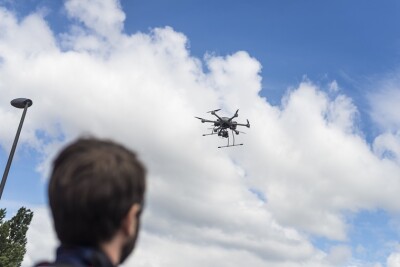 Swinney: Whilst Sony Europe is not directly involved with the management of construction sites, we have developed a strong portfolio of camera and sensing technology specifically aimed at drone inspection. Construction is a key market for many of our drone customers.
Swinney: Whilst Sony Europe is not directly involved with the management of construction sites, we have developed a strong portfolio of camera and sensing technology specifically aimed at drone inspection. Construction is a key market for many of our drone customers.
Traditionally, safety inspection – a crucial element of construction work - would require a whole host of resources, including technicians, scaffolders and scaffolding and not least heavy machinery. These resources bring disruption, inefficiency and often higher risk to life, as workers must survey the buildings with their own eyes, meaning getting to high up and potentially dangerous places. The use of drones has alleviated this issue. Instead, safety inspections can be carried out with a drone, and a drone pilot. This not only increases safety and efficiency, but accuracy too. Drones equipped with cameras and advanced sensors can now navigate hard to reach spots over wide areas, meaning a high level of coverage of build sites.
Commercial UAV News: What are the real benefits of collecting data on construction projects with drones?
Swinney: There is great value in the collection of data during construction projects with drones, and this will only accelerate due to the potential of AI as more images, flights logs, and 3D models become available. And through machine learning— a training process that ensures the AI technology a drone uses is constantly being enhanced—the future of drone-based image capture looks promising.
Commercial UAV News: The construction industry is an old industry with many established processes and workflows. Has it been difficult to integrate drones into construction settings? Have long-time construction professionals been reluctant to adopt uncrewed systems?
Swinney: Yes, we believe there have been some challenges in integrating drones into construction setting due to the traditional processes and established workflows that are embedded into the industry. Furthermore, the construction industry along with other drone use cases also has to navigate complex regulations concerning drone usage, including airspace restrictions and safety protocols. However, there are a number of excellent drone service providers in the market who can ensure the correct compliance in these matters.
Additionally, however open to new techniques construction professionals may be, it is natural to rely on proven methods that have been in use for years. But the evidence speaks for itself. A plethora of examples already exist that demonstrate the value of integrating drone technology into the construction industry. Over time the added value of this technology will become even clearer, making it hard to ignore the potential of what is possible with drone technology and gradually making it a more established process in the industry.
.jpg.small.400x400.jpg) Commercial UAV News: What changes do you see coming in the use of drones in construction work? You mentioned machine learning and AI, but are there other advances that construction professionals need to be aware of?
Commercial UAV News: What changes do you see coming in the use of drones in construction work? You mentioned machine learning and AI, but are there other advances that construction professionals need to be aware of?
Swinney: Looking forward, AI and machine learning will be complete game changers when it comes to the capability and future development of drone-based image capture and value they provide to the industry. Utilizing AI, drones can flag and identify minuscule details such as cracks, chips and general wear and tear, which the human eye from afar would struggle to spot. AI can also be used together with camera and sensing technology to optimize drone flight paths and help drones avoid collision, which is integral for safety purposes and in protecting the equipment itself when used in those more confined and tight spaces often found on construction sites. The more drones are used in projects the more data they will collect and therefore AI will have more data to work off. In short, the future is bright for AI capabilities in construction and there is an immediate opportunity for construction professionals to explore the latest developments in this area that hold exciting potential to transform so many aspects of their current work.


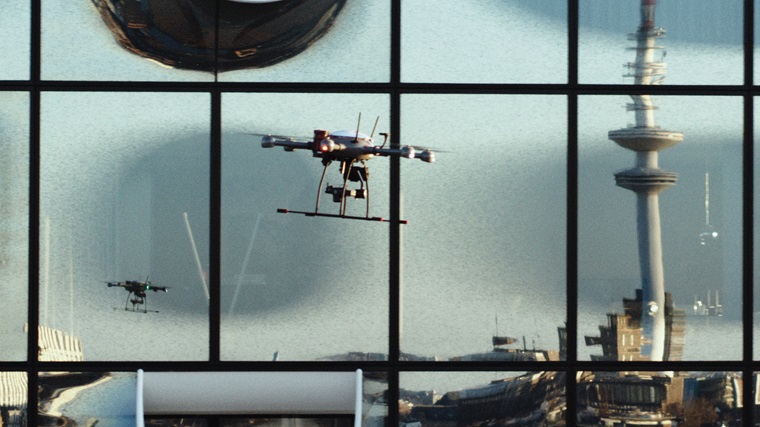

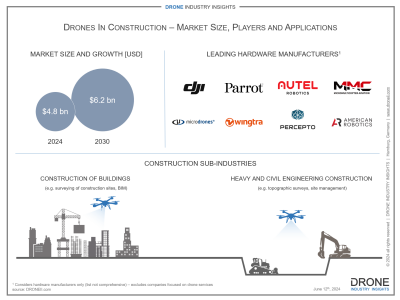
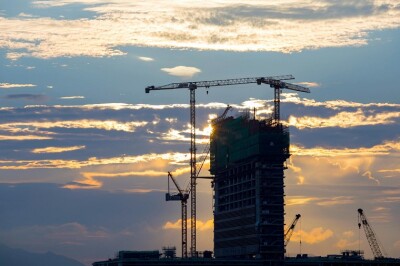
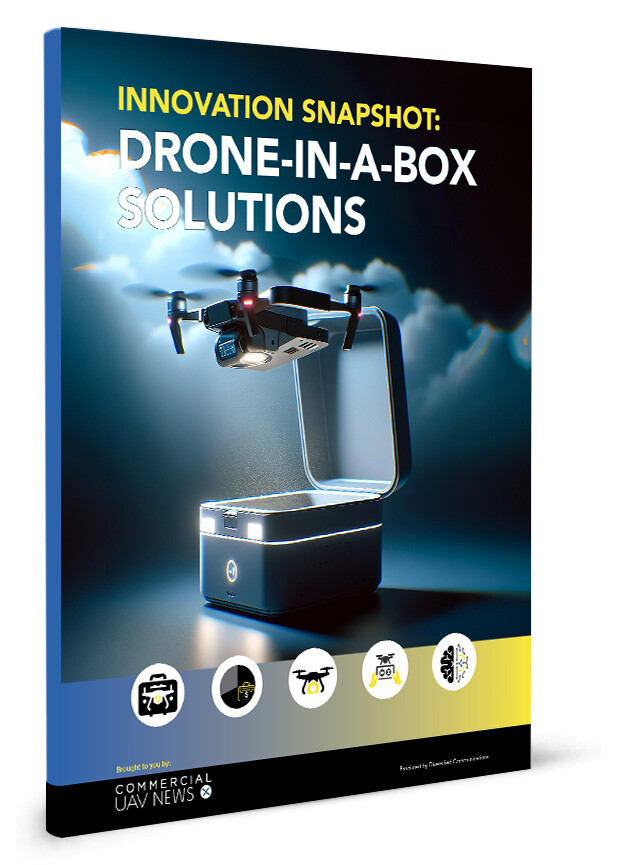

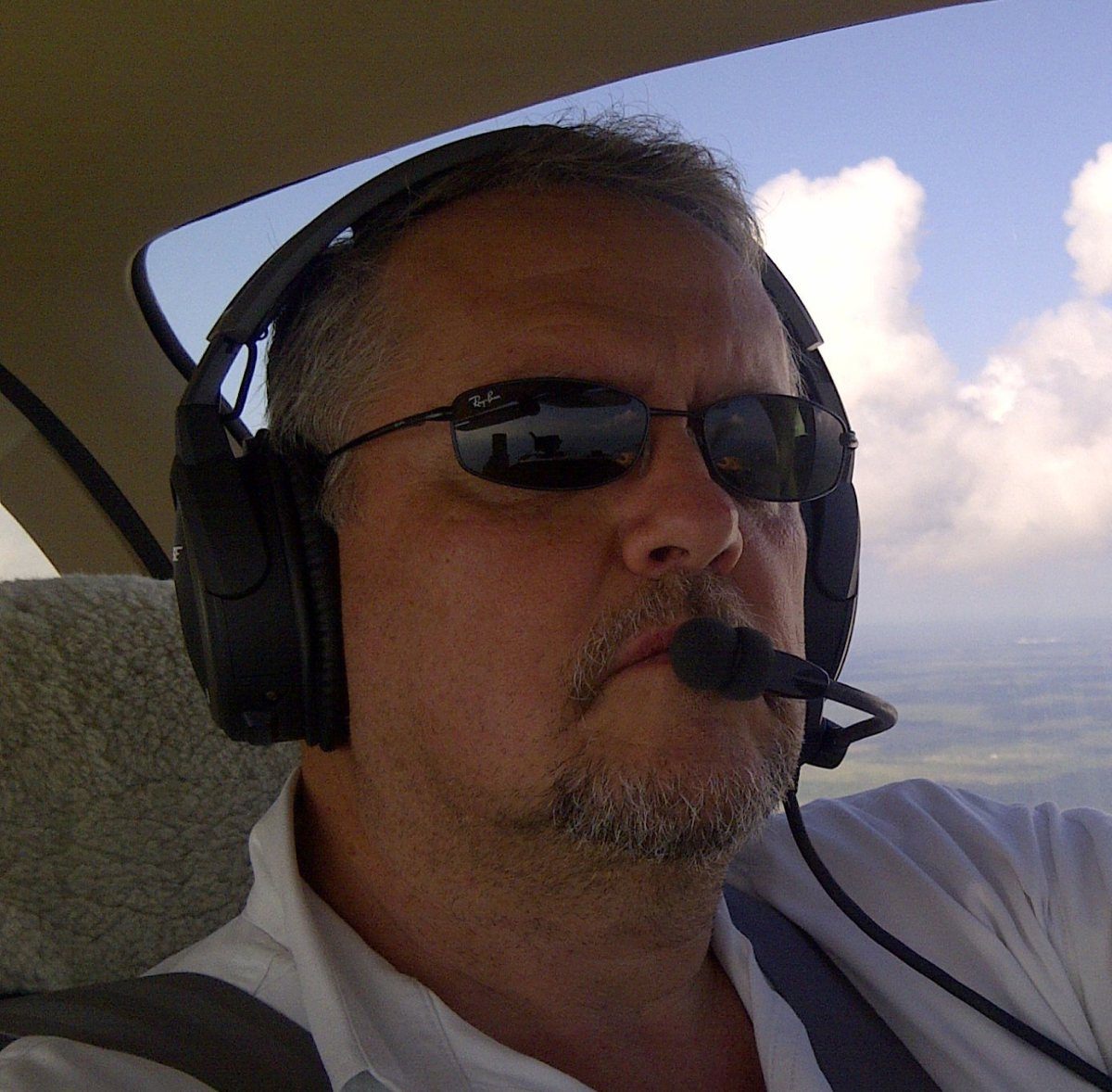



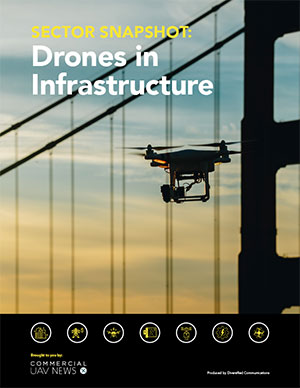
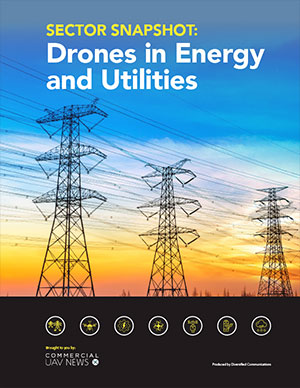
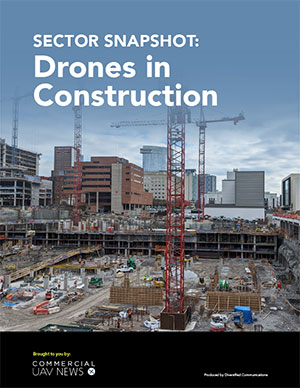
Comments